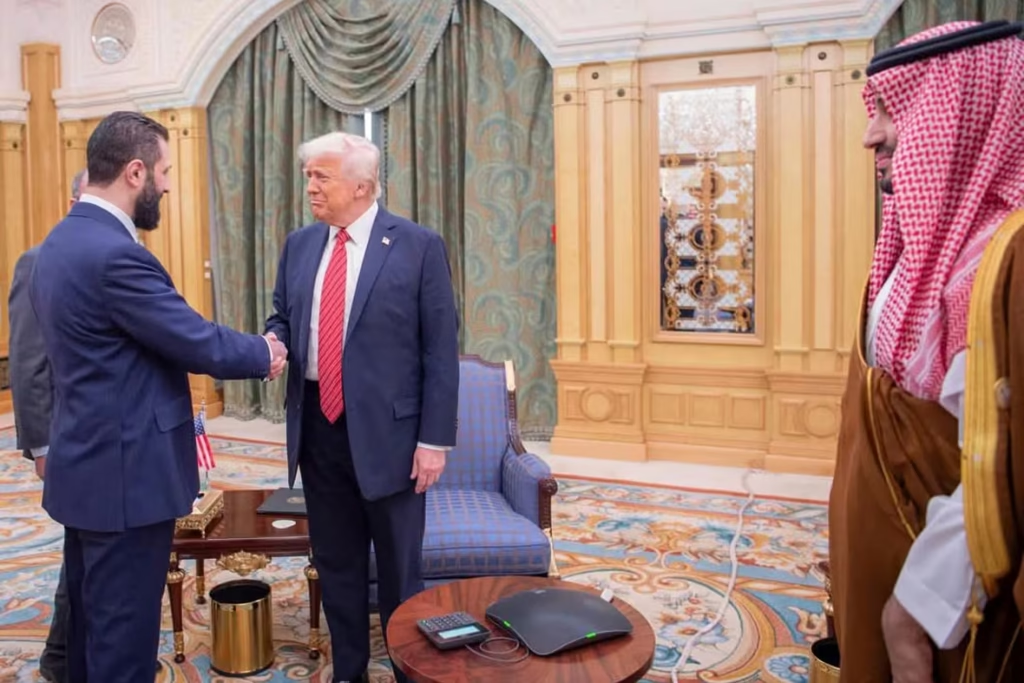The United Nations Security Council has approved a new peace framework for Gaza after months of negotiations between the United States, regional partners, and international diplomats. The resolution aims to support a fragile ceasefire, begin long delayed reconstruction work, and establish a temporary international presence to stabilize the territory.
The measure passed with 13 votes in favor. China and Russia chose to abstain but allowed the proposal to move forward. The vote reflects a rare point of alignment among global powers on a conflict that has dominated Middle Eastern politics for nearly two years.
What the New Gaza Plan Contains
The plan endorsed by the Council is built around three central elements: a monitored ceasefire, a security arrangement inside Gaza coordinated by an international force, and the creation of an interim civilian administration that will manage reconstruction and basic governance.
Key components of the framework include:
• A verified halt in fighting across Gaza. Aid agencies will receive immediate access to deliver food, medical supplies, fuel, and shelter materials.
• A temporary International Stabilization Force. Troops and specialists from several Arab and Muslim majority states are expected to form the backbone of this force. Their tasks include supporting local policing, securing aid routes, and monitoring the demilitarization process.
• Gradual withdrawal of Israeli troops. The timetable will depend on the situation on the ground and the ability of the international force to maintain security.
• A transitional authority known as the Board of Peace. This body will coordinate rebuilding efforts, oversee distribution of aid, and prepare the territory for an eventual handover to a reformed Palestinian Authority.
• A reconstruction trust fund. The World Bank will manage the fund to ensure transparency, donor oversight, and consistent delivery of resources.
The peace framework is described by diplomats as the most comprehensive attempt to break the cycle of destruction and reconstruction that has defined Gaza for years.
Why Many Countries Are Backing the Plan
Governments across the Middle East as well as Europe and North America have shown strong support for the new approach. Egypt, Qatar, the United Arab Emirates, Saudi Arabia, Jordan, Turkey, and Indonesia worked closely with Washington during the drafting process, especially on the security arrangements and humanitarian priorities.
Several of these states have already indicated willingness to contribute to the stabilization force or provide financial assistance for reconstruction. Their involvement gives the plan a level of regional legitimacy that previous initiatives lacked.
The United States described the vote as a turning point. The American ambassador told the Council that the new framework offers a realistic structure for quieting the violence and creating space for long term political negotiations.
Hamas Rejects the Resolution and Warns Against Foreign Oversight
Hamas and other Gaza based groups dismissed the plan, arguing that it places the territory under foreign control while ignoring Palestinian political demands. The organization criticized the requirement for full disarmament and said that no external force should be allowed to dictate Gaza’s security arrangements.
Hamas leaders argued that the international stabilization force would operate as a replacement for local authority and undermine Palestinian self determination. Several civil society groups inside Gaza shared similar concerns and said local representatives must be included in any follow up negotiations.
The rejection from Hamas sets up a difficult road ahead for those attempting to implement the plan, especially the provisions dealing with weapons and military infrastructure.
Major Obstacles That Could Slow Implementation
Even with global support, the plan faces significant hurdles.
Ceasefire stability:
The truce that began on October ten remains vulnerable. Occasional exchanges of fire, disagreements over prisoner releases, and distrust between the parties continue to threaten the calm.
Demilitarization:
The stabilization force will be responsible for monitoring the removal of weapons from armed groups. This mandate is likely to face resistance, and it will require close cooperation with security agencies in Egypt and Israel.
Governance:
The Board of Peace will need to rebuild administrative systems while addressing the concerns of Palestinian communities that fear a foreign imposed government. The transition to local leadership will require careful political management.
Reconstruction:
Rebuilding homes, roads, hospitals, and utilities will cost tens of billions of dollars. Donors are preparing to meet in the coming weeks, but the scale of damage means that immediate progress will be difficult.
How Key Players Are Reacting
Israel:
Officials welcomed the focus on security, the removal of militant infrastructure, and international monitoring. They also noted concerns about withdrawal timelines and the need for guarantees that threats will not return.
Arab governments:
Regional powers praised the emphasis on reconstruction and humanitarian relief. Many also urged the Council to establish a clearer path toward Palestinian statehood.
China and Russia:
Both abstained. They cited the leadership structure of the stabilization force and the lack of specific safeguards for Palestinian political rights.
United Nations officials said the resolution represents a necessary foundation, although the real test will come in the months ahead as peacekeepers deploy and aid begins to flow.
Final Summary
The new UN Security Council resolution lays out an extensive plan to calm the conflict in Gaza and support long overdue reconstruction. Support from a wide coalition of states has created a rare moment of agreement, although implementation will be challenging. The refusal of Hamas to cooperate, the sensitivity of demilitarization, and the sheer scale of humanitarian needs will influence whether this framework can create lasting stability.


